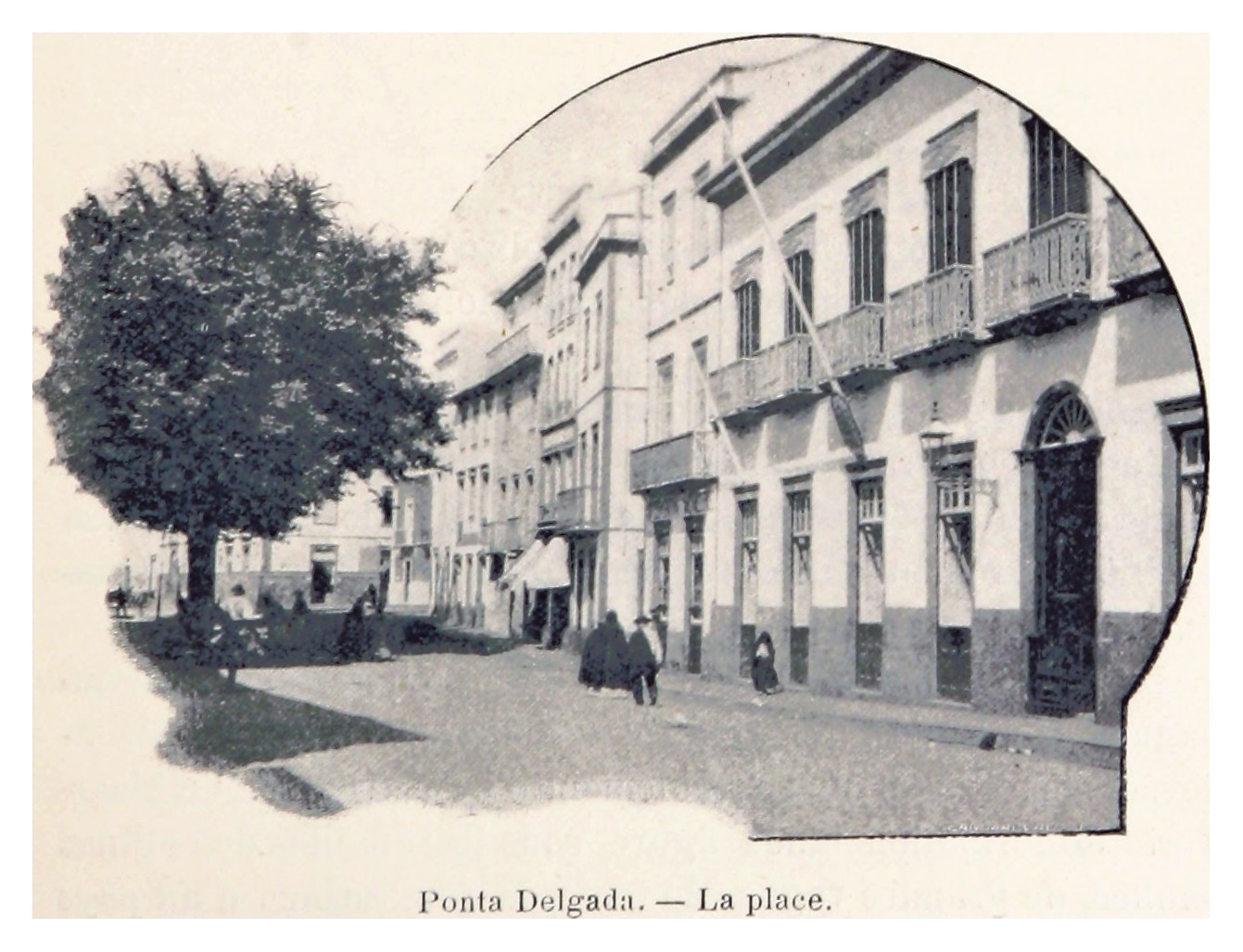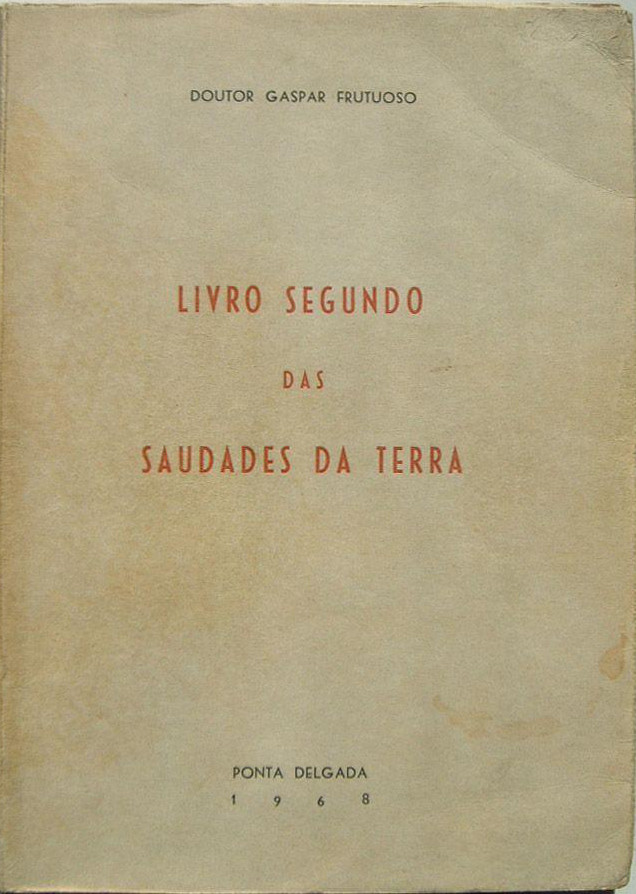|
Fajã De Cima
Fajã de Cima is a civil parish in the municipality of Ponta Delgada in the Portuguese archipelago of the Azores. Fajã de Cima is located in the Picos region in the western part of the island of São Miguel, north of central Ponta Delgada. The population in 2011 was 3,438, in an area of 11.89 km². History The history of Fajã de Cima is intimately related with the history of , historically referred to as the ''Lugar das Fajãs'' (''place of the Fajãs'').DRAC (2010), p.20Gaspar Frutuoso
[...More Info...] [...Related Items...] OR: [Wikipedia] [Google] [Baidu] |
São Miguel Island
São Miguel Island (; Portuguese language, Portuguese for "Saint Michael"), nicknamed "The Green Island" (''Ilha Verde''), is the largest and most populous island in the Portugal, Portuguese archipelago of the Azores. The island covers and has around 140,000 inhabitants, with 45,000 people residing in Ponta Delgada, the archipelago's largest city. History In 1427, São Miguel became the second of the islands discovered by Gonçalo Velho Cabral to be settled by colonists from continental Portugal. This date is uncertain, as it is believed that the island was discovered between 1426 and 1437 and inscribed in portolans from the middle of the 15th century. Its discovery was later recorded by Priesthood (Catholic Church), Father Gaspar Frutuoso in the seminal history of the Azores, ''Saudades da Terra'', as he began: "This island of São Miguel where...we are, is mountainous and covered in ravines, and it was, when we discovered it, covered in trees...due to its humidity, with its ... [...More Info...] [...Related Items...] OR: [Wikipedia] [Google] [Baidu] |
Ponta Delgada
Ponta Delgada (; ) is the largest municipality (''concelho'') and economic capital of the Autonomous Region of the Azores in Portugal. It is located on São Miguel Island, the largest and most populous in the archipelago. As of 2021, it has 67,287 inhabitants, in an area of . There are 17,629 residents in the three central Freguesia (Portugal), civil parishes that comprise the historical city: São Pedro (Ponta Delgada), São Pedro, São Sebastião (Ponta Delgada), São Sebastião, and São José (Ponta Delgada), São José. Ponta Delgada became the region's administrative capital under the Political status of the Autonomous Region of the Azores, revised constitution of 1976; the judiciary and Catholic episcopal see, See remained in the historical capital of Angra do Heroísmo while the Legislative Assembly of the Azores was established in Horta (Azores), Horta. History The origin of the placename Ponta Delgada (Portuguese for ''delicate or thin point'') was elaborated by the ... [...More Info...] [...Related Items...] OR: [Wikipedia] [Google] [Baidu] |
Blessed Virgin Mary
Mary; arc, ܡܪܝܡ, translit=Mariam; ar, مريم, translit=Maryam; grc, Μαρία, translit=María; la, Maria; cop, Ⲙⲁⲣⲓⲁ, translit=Maria was a first-century Jewish woman of Nazareth, the wife of Joseph and the mother of Jesus. She is a central figure of Christianity, venerated under various titles such as virgin or queen, many of them mentioned in the Litany of Loreto. The Eastern and Oriental Orthodox, Church of the East, Catholic, Anglican, and Lutheran churches believe that Mary, as mother of Jesus, is the Mother of God. Other Protestant views on Mary vary, with some holding her to have considerably lesser status. The New Testament of the Bible provides the earliest documented references to Mary by name, mainly in the canonical Gospels. She is described as a young virgin who was chosen by God to conceive Jesus through the Holy Spirit. After giving birth to Jesus in Bethlehem, she raised him in the city of Nazareth in Galilee, and was in Jeru ... [...More Info...] [...Related Items...] OR: [Wikipedia] [Google] [Baidu] |
Freguesia (Portugal)
''Freguesia'' (), usually translated as "parish" or "civil parish", is the third-level administrative subdivision of Portugal, as defined by the 1976 Constitution. It is also the designation for local government jurisdictions in the former Portuguese overseas territories of Cape Verde and Macau (until 2001). In the past, was also an administrative division of the other Portuguese overseas territories. The ''parroquia'' in the Spanish autonomous communities of Galicia and Asturias is similar to a ''freguesia''. A ''freguesia'' is a subdivision of a ''município'' (municipality). Most often, a parish takes the name of its seat, which is usually the most important (or the single) human agglomeration within its area, which can be a neighbourhood or city district, a group of hamlets, a village, a town or an entire city. In cases where the seat is itself divided into more than one parish, each one takes the name of a landmark within its area or of the patron saint from the usually cot ... [...More Info...] [...Related Items...] OR: [Wikipedia] [Google] [Baidu] |
Concelho
Concelho () is the Portuguese-language term for municipality, referring to the territorial subdivision in local government. In comparison, the word ''município'' () refers to the organs of State. This differentiation is still in use in Portugal and some of its former overseas provinces, but is no longer in use in Brazil following the abolition of these organs, in favour of the French prefecture system. It is similar to borough and council. History After the civil parish ( pt, freguesias), the Portuguese ''concelho'' is the most stable territorial subdivision within the country, with over 900 years of history. Founded in the royal charters attributed to parcels and territorial enclaves, in order to establish a presence by the Crown, rather than personal fiefdoms of the nobility and aristocracy. This municipal institution changed throughout history: many were abolished and reconstituted based on the political necessity; first they were subject to the specifics of each charter (wh ... [...More Info...] [...Related Items...] OR: [Wikipedia] [Google] [Baidu] |
Portugal
Portugal, officially the Portuguese Republic ( pt, República Portuguesa, links=yes ), is a country whose mainland is located on the Iberian Peninsula of Southwestern Europe, and whose territory also includes the Atlantic archipelagos of the Azores and Madeira. It features the westernmost point in continental Europe, and its Iberian portion is bordered to the west and south by the Atlantic Ocean and to the north and east by Spain, the sole country to have a land border with Portugal. Its two archipelagos form two autonomous regions with their own regional governments. Lisbon is the capital and largest city by population. Portugal is the oldest continuously existing nation state on the Iberian Peninsula and one of the oldest in Europe, its territory having been continuously settled, invaded and fought over since prehistoric times. It was inhabited by pre-Celtic and Celtic peoples who had contact with Phoenicians and Ancient Greek traders, it was ruled by the Ro ... [...More Info...] [...Related Items...] OR: [Wikipedia] [Google] [Baidu] |
Azores
) , motto =( en, "Rather die free than subjected in peace") , anthem= ( en, "Anthem of the Azores") , image_map=Locator_map_of_Azores_in_EU.svg , map_alt=Location of the Azores within the European Union , map_caption=Location of the Azores within the European Union , subdivision_type=Sovereign state , subdivision_name=Portugal , established_title=Settlement , established_date=1432 , established_title3=Autonomous status , established_date3=30 April 1976 , official_languages=Portuguese , demonym= ( en, Azorean) , capital_type= Capitals , capital = Ponta Delgada (executive) Angra do Heroísmo (judicial) Horta (legislative) , largest_city = Ponta Delgada , government_type=Autonomous Region , leader_title1=Representative of the Republic , leader_name1=Pedro Manuel dos Reis Alves Catarino , leader_title2= President of the Legislative Assembly , leader_name2= Luís Garcia , leader_title3= President of the Regional Government , leader_name3=José Manuel Bolieiro , le ... [...More Info...] [...Related Items...] OR: [Wikipedia] [Google] [Baidu] |
Picos Volcanic Fissural System
The Picos Volcanic Fissural System ( pt, Sistema Vulcânico Fissural dos Picos) is a system of scoria cones that build up the central region of the island of São Miguel (between Sete Cidades and Água de Pau volcanoes). This volcano is very young with most of it only 5000 years old. The only recorded eruption was in 1652, but seven other eruptions have taken place in the cinder cone group in the last 10,000 years. History This volcanic system is the most recently formed on the island of São Miguel, with its eruptive history dominated by Hawaiian, basaltic and Stromboli phases. In the last 5000 years, there have been approximately 30 eruptions, with the most recent events occurring with recorded human history. The first, in 1563, succeeded a Phreato plinian eruption centring on the volcano of Água de Pau. During this 1563 eruption, known as the Pico do Sapateiro or Queimado, basalt lava flows reached as far as Ribeira Seca, in the north coast.A. Gomes (2013) The second eru ... [...More Info...] [...Related Items...] OR: [Wikipedia] [Google] [Baidu] |
Pinhal Da Paz, Ponta Delgada, Ilha De São Miguel, Açores
Pinhal may refer to: Brazil *Pinhal, Rio Grande do Sul, a municipality *Pinhal Grande, Rio Grande do Sul, a municipality *Pinhal de São Bento, Paraná *Pinhal da Serra, Rio Grande do Sul *Balneário Pinhal, Rio Grande do Sul, a municipality *Espírito Santo do Pinhal, São Paulo, a municipality *Pinhal River, a river in Rio Grande do Sul Portugal *Pinhal Novo, a parish in the municipality of Palmela *Pinhal Litoral * Pinhal Interior Norte *Pinhal Interior Sul China *El Piñal El Piñal ( pt, Pinhal, ) was a port in the Pearl River Delta area that was temporarily granted to the Spanish from 1598 to 1600 by Cantonese officials of the Ming dynasty. Seen as a threat to the Portuguese monopoly on the 16th century China trad ..., named Pinhal in Portuguese, a former Spanish trading port See also * * Pinhalão, Paraná, Brazil {{disambiguation, geo ... [...More Info...] [...Related Items...] OR: [Wikipedia] [Google] [Baidu] |
Fajã De Baixo
Fajã de Baixo is a civil parish in the municipality of Ponta Delgada in the Portuguese archipelago of the Azores. The population in 2011 was 5,050, in an area of 4.06 km². Faja de Baixo is located in the western part of the island of São Miguel, northeast of central Ponta Delgada. History The first Church of Fajã was erected in 1532, to support the small community that began to settle in the region.DRAC (2010), p.18 But, this small church was unable to support the growing congregation and was ordered demolished a few years later. Sometime in 1699, the Hermitage of Lorêto was completed, and served as a primary temple for the community ...[...More Info...] [...Related Items...] OR: [Wikipedia] [Google] [Baidu] |
Gaspar Frutuoso
Gaspar Frutuoso (c.1522 in Ponta Delgada – 1591 in Ribeira Grande) was a Portuguese priest, historian and humanist from the island of São Miguel, in the Portuguese archipelago of the Azores. His major contribution to Portuguese history was his detailed descriptions of the history and geography of the Azores, Madeira, Canary Islands and references to Cape Verde, which he published in his six-part tome ''Saudades da Terra'', as well as ''Saudades do Céu''. He is normally cited in settlement history of the islands of the Azores. Biography Gaspar Frutuoso was born in 1522,José Luís Brandão da Luz (1996), p. 475 on the island of São Miguel, son of Frutuoso Dias, a merchant and rural property-owner, and his wife Isabel Fernandes. Little is known of his childhood, apart from references to him working his father's lands during this period. The first trustworthy record about Frutuoso was his admission to the University of Salamanca (in 1548) where he later obtained an Arts certi ... [...More Info...] [...Related Items...] OR: [Wikipedia] [Google] [Baidu] |



_(cropped).jpg)
